‘Art college students aren’t even told about a career in production design’
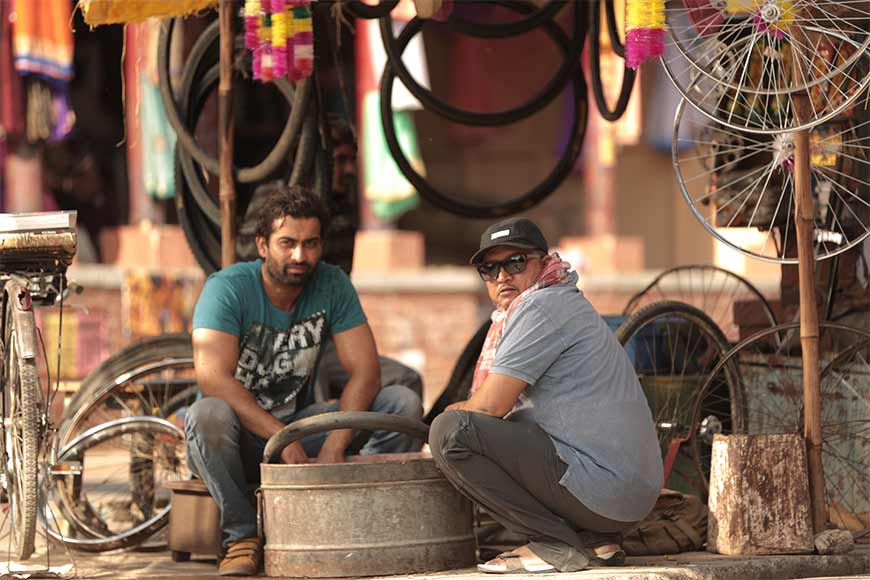
On sets of Super 30
IIFA Award for Best Art Direction and Filmfare Award for Best Art Direction in 2015 for Haider, Guild Award for Best Art Direction also in 2015 for Dedh Ishqiya, National Film Award for Best Production Design in 2017 for 24, Screen Award for Best Production De-sign in 2018 for Raazi. And these are just recent examples. When it comes to art direction (or production design, if you wish) in Bollywood, the Bengali duo of Amit Ray and Subrata Chakraborty have blazed a trail that would be hard for contemporaries to match. Such is the magic of the sets they create that several topline Bollywood directors are now prepared to wait for the two to make time for their films, and the industry buzz is that their fees rival that of many top-ranking actors.
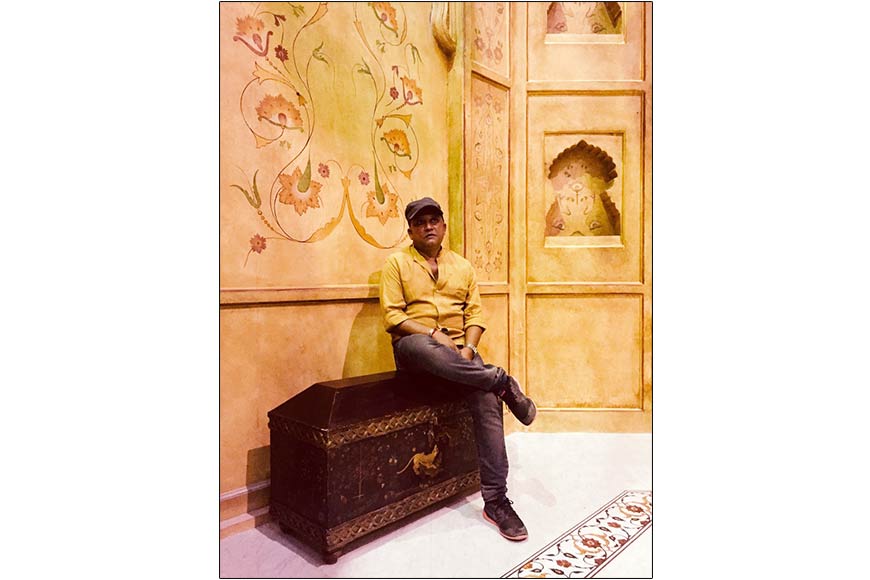 Amit Ray
Amit Ray
Not without reason. For director Vikas Bahl’s blockbuster Super 30 (2019), for example, shot largely on set, Ray and Chakraborty created such amazingly realistic visual settings that even a close look makes it impossible to tell real from fake. They have replicated this feat in film after film, and Ray speaks with some feeling about how painful it is when these colossal and spectacular sets are taken down once shooting ends. “Neither Subrata nor I are present when the sets are dismantled. It hurts too much,” he says.
IIFA Award for Best Art Direction and Filmfare Award for Best Art Direction in 2015 for Haider, Guild Award for Best Art Direction also in 2015 for Dedh Ishqiya, National Film Award for Best Production Design in 2017 for 24, Screen Award for Best Production De-sign in 2018 for Raazi. And these are just recent examples. When it comes to art direction (or production design, if you wish) in Bollywood, the Bengali duo of Amit Ray and Subrata Chakraborty have blazed a trail that would be hard for contemporaries to match.
 In conversation with Getbengal.com, both have spoken extensively about their journeys in Tinseltown, their initial years of struggle, backbreaking labour, and unending patience as they waited for their big break. In the first part of his interview which you can read here, Ray spoke about the years he and Chakraborty spent learning their craft under iconic art designer Samir Chanda, and how Chanda’s passing in 2011 left them to shape their own joint destiny.
In conversation with Getbengal.com, both have spoken extensively about their journeys in Tinseltown, their initial years of struggle, backbreaking labour, and unending patience as they waited for their big break. In the first part of his interview which you can read here, Ray spoke about the years he and Chakraborty spent learning their craft under iconic art designer Samir Chanda, and how Chanda’s passing in 2011 left them to shape their own joint destiny.
And destiny seems to have been kind, thus far. That, and the support of his wife and family have been the cornerstones of Ray’s life and career, he says. As of now, he and his longtime partner have their hands full with not one, not two, but four films - Gangubai, Maharaja, Tejas, and Goodbye. How do they manage? “We divide the work, mostly. Subrata usually handles the creative side while I look after the organisation and logistics, though there are exceptions,” says Ray.
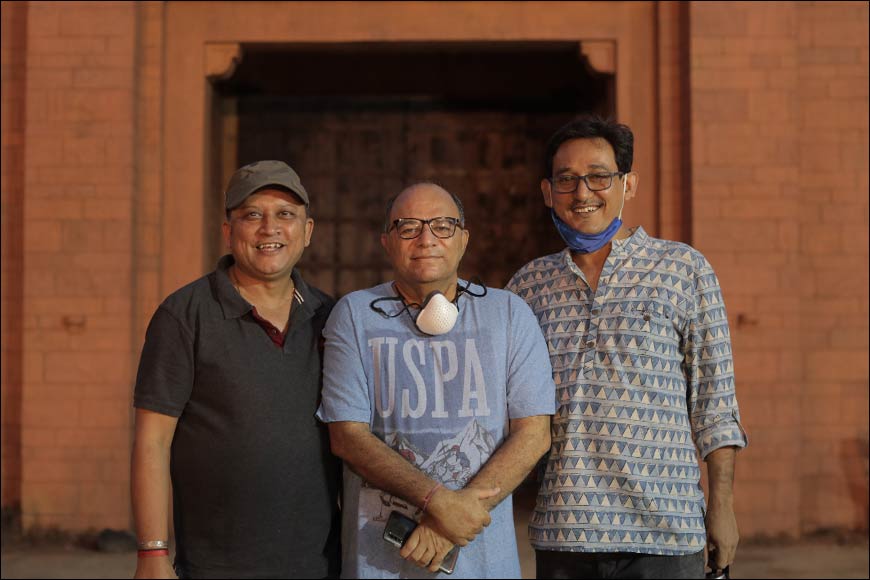 Amit Ray and Subrata Chakraborty with film director Dr Chandraprakash Dwivedi
Amit Ray and Subrata Chakraborty with film director Dr Chandraprakash Dwivedi
In the course of our conversation, it becomes clear exactly how crucial a position a production designer occupies in the scheme of things. In simple terms, they are the people who can make or break the look of a film. And yet, there’s genuine regret in Ray’s voice as he talks about the relative obscurity which shrouds the activities of most behind-the-scenes personnel in Bollywood. “In Hollywood or even in South India, this is not the case, but Bollywood has still not given the technical crew of a film the recognition it deserves,” he says. “An art director - which is what we called ourselves until we realised that we were, in fact, production designers - functions as the eyes of a director. They can tell us what they want in terms of a set, but it is up to us to reproduce that for the screen. We are the first ones on set, and the last to leave. And we aren’t exactly set decorators, are we? Yet, our names are barely there in the credits. Similarly, other pillars of a film, like a cameraperson, or action director, remain largely ignored.”
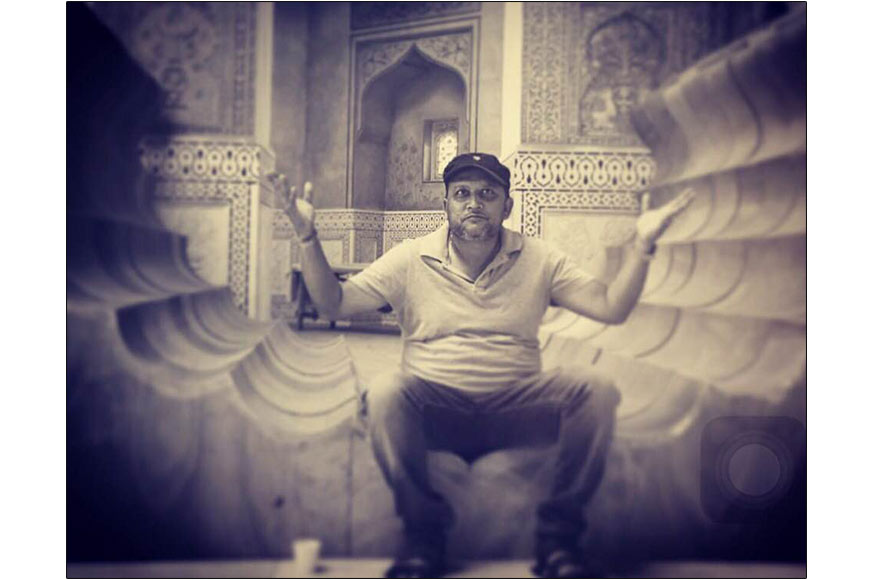 On the sets of Padmaavat
On the sets of Padmaavat
The other thing he finds unacceptable is that many youngsters who study art, as he once did in Kolkata, don’t even know that there is a career in production design. “They simply don’t tell you this in art college. I would like to see many more youngsters get out of their comfort zones and leave the city, as I did, and come to Mumbai to struggle and make their place in Bollywood. The sad thing is, most youngsters today don’t even know what it means to struggle. I’ve lost count of the number of times Dada (Samir Chanda) would abuse the hell out of us if we slipped up. And today, I have to constantly watch what I say for fear of offending someone. I believe you can’t learn without discipline and hardship and passion,” he says. “But today, the first question youngsters ask is, how much are you paying me? I’m not asking anyone to work for free, but money can’t be your only motivation.”
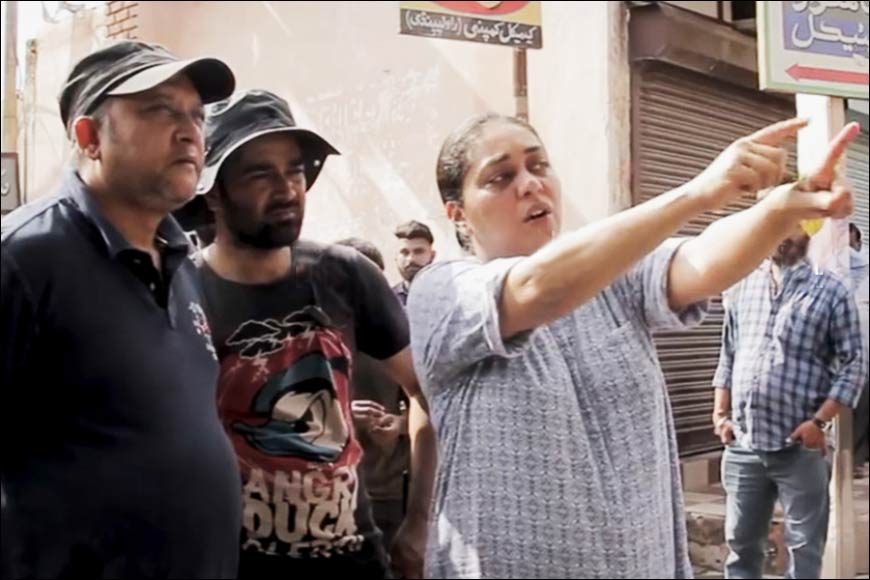 Ray with Meghna Gulzar
Ray with Meghna Gulzar
Several blockbusters down the line, Ray retains the same passion for his work that he started out with, all those years ago. And he is very conscious that he has a viewing public to think of. “The script may mention a haveli, like the ones we created in Padmavat, but what that haveli will look like, whether the viewer will be convinced by it, is up to me,” he says. “In many ways, the work I do is what the theme Puja designers do in Kolkata, both of us cater to public taste and the demands of the market. I really can’t differentiate here. In fact, I find it mind-boggling that art designers in Kolkata create such fantastic theme Pujas on such tight budgets.”
As newer horizons open up, Ray looks back on the little remembered Hawaizaada (2015) and the 2016 Tamil sci-fi action film 24: The Movie as two of his personal favourites when it comes to production design, adding Padmavat to the list after some thought. No doubt, this list will only get longer.










